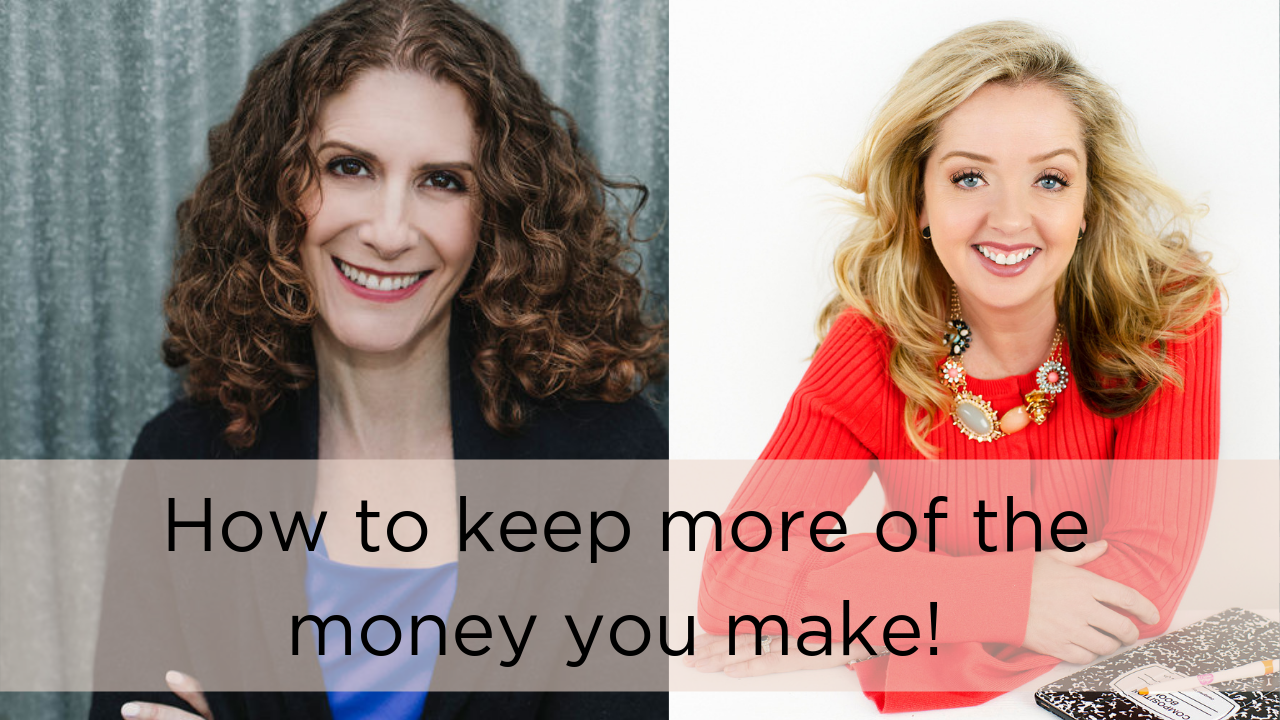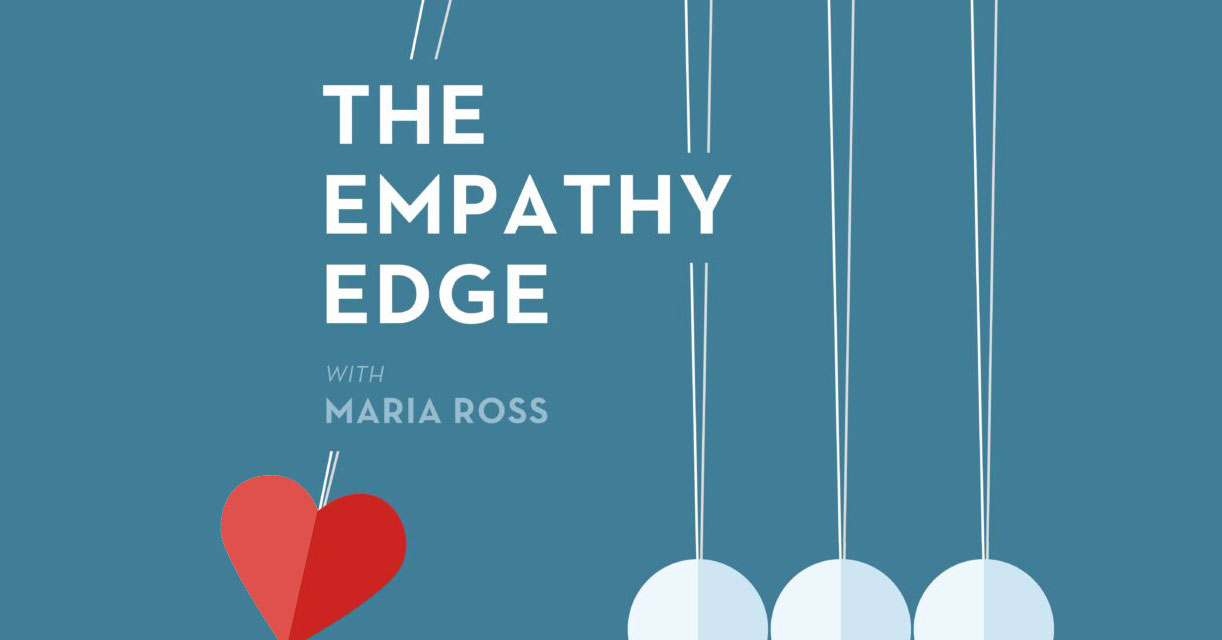Did you know? By the time you are 7 1/2, your money story has already been imprinted on you.
And it’s either fueling or hindering your business success.
What is your money story? It’s your relationship with money. It’s how you view it as a tool or a weapon. As scarce or abundant. How well you budget, plan, save and invest.
All formed when we were kids, watching our parents and those around us.
As an entrepreneur (heck, as anyone who earns a paycheck), your relationship to money is the single greatest indicator of success and profitability.
Your money story impacts your success more than how many clients you have, how much revenue you generate, your experience/awards/accolades, or…how good your brand and marketing are.
Today, Certified Money Coach Debbie Page explains how and why to uncover and adapt your money story so you keep more of the money you make.
If you don’t already know her, you’ll love her! Debbie is an internationally recognized and award-winning entrepreneur, business coach and advocate for women’s economic independence. She is recognized as a leading authority on cash flow and profitability for women in business and guides women to keep more of the money they make.
For over two decades Debbie has worked with women and money and has acquired, scaled and sold two businesses of her own. Her clients achieve stunning success with profitability because of her commitment to accountability, execution and the systems and processes that create sustainable and scalable businesses.
Watch this lively video interview now if you want to be more profitable and keep more of the money you make! And gentlemen, this video is just as applicable for you, too.
Highlights include:
*“You could be doing all these things correctly – marketing plans, sales calls, touch point plan, etc. – and still have no money in the bank. It’s a really unhealthy place to be.” (3:40)
*A phenomenal example of a client whose unhealthy relationship with money, formed in childhood, led to underpricing (5:15)
*How the entrepreneurial mindset and the way we handle money in our personal lives is so intertwined. (10:07)
*“As entrepreneurs we are not trained how to run our business; it will default to the relationship we have with money.” (12:30)
*Why our money has energy – and how that impacts out ability to create mindful money practices in our personal and professional lives. (13:26)
*How small shifts in your language can make a big impact (16:02)
*The small and significant steps you can take to achieve your money goals (17:49)
*How Debbie’s “zero balance” shocker years ago was her wakeup call and affected her success mindset from that point on. (21:13)
*What’s your daily money mantra daily? Here’s Debbie’s. (24:09)
*Why just a healthy money story is the start, but it’s still not enough – the first step you can take (27:11)
Grab a pen and soak up all of the wisdom in this video. My fave takeaway?
“All the wishing, dreaming & pretty vision boards isn’t gonna do anything. If I’m not working the hustle muscle, I’m never gonna get it. Marry MINDSET with EXECUTION” – Debbie Page. (TWEET THIS!)
Connect with Debbie Page and learn more about her services and coaching:
- www.debbiepage.com
- Like her on Facebook
- Join her free Facebook group, Women’s Business Profit Lab
- Connect on LinkedIn





